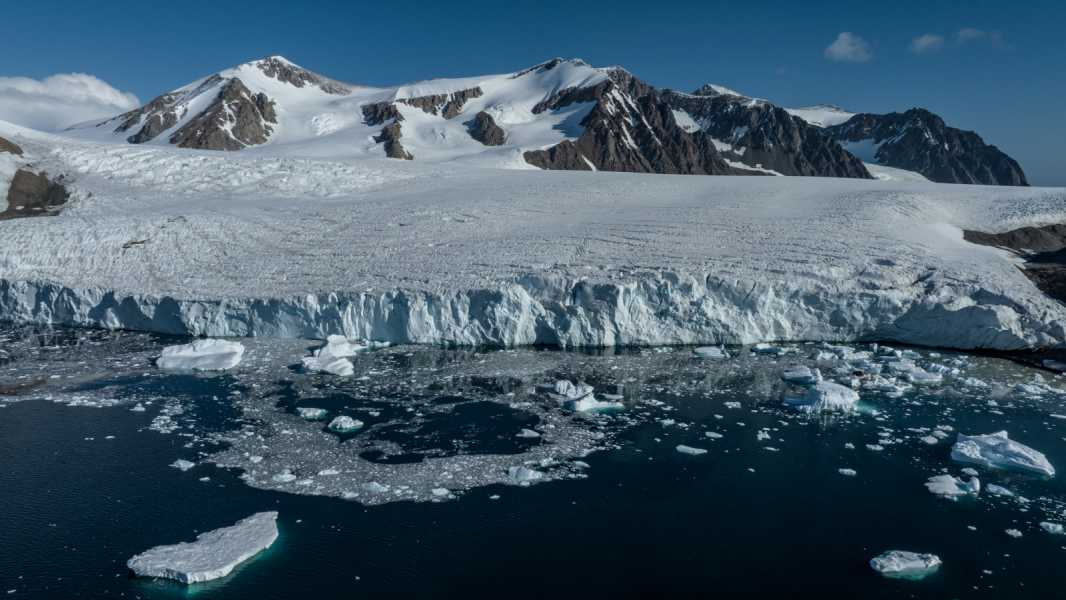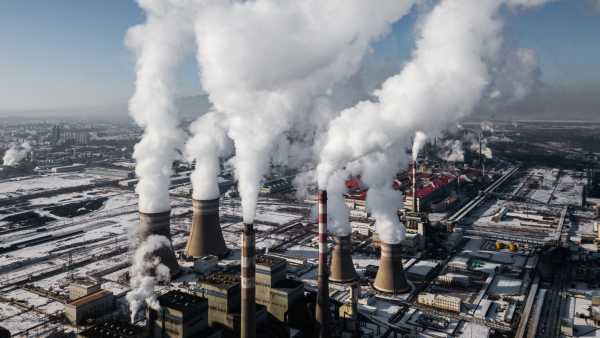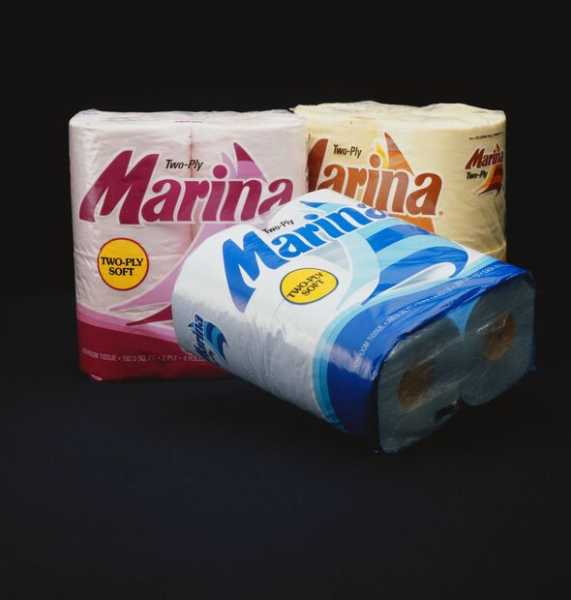
Melting glaciers in Antarctica are expected to be the main cause of sea level rise by 2100. (Image credit: Sebnem Coskun/Anadolu Agency via Getty Images)
The scale of the Antarctic Ice Sheet is hard to comprehend. The ice sheet averages two kilometers thick and covers an area nearly twice the size of Australia, containing enough fresh water to raise global sea levels by 58 meters.
Ice loss from this sheet is projected to be a key driver of sea level rise by 2100, although its contribution remains highly uncertain. While sea levels will certainly rise this century, estimates of the contribution from Antarctic ice range from a rise of 44 cm to a decline of 22 cm.
Much of this uncertainty is due to the fact that the oceanic processes that influence the fate of the shield occur on extremely small scales and are difficult to measure and model.
However, scientists have recently made significant progress in understanding this “ice-ocean boundary layer.” This progress is the subject of our new review article, published today in Annual Reviews.
Contraction, thinning and retreat
At the edges of the Antarctic Ice Sheet, glaciers flow into the Southern Ocean, creating floating ice shelves. These ice shelves play an important role in stabilizing the ice sheet, but they are also shrinking.
The ocean is melting the ice shelves from below, a process known as “basal melting.” Increased basal melting has caused ice sheets to thin and retreat in some regions, which in turn has caused global sea levels to rise.
It also slowed the deepest current in the global overturning circulation – the system of ocean currents that moves water around the globe.
Like the glaciers that feed them, ice shelves are enormous. But the oceanic processes that control basal melting and the fate of the entire Antarctic ice sheet occur at the millimetre level. These processes occur in a thin layer of ocean just beneath the ice.
The boundary layer between the ice shelf and the ocean is cold, miles away from anywhere, and under a very thick layer of ice, so it is not surprising that it has hardly been measured.
Studying this layer using other methods, such as computer modeling, is also a huge challenge. Until recently, tiny movements in the ice-ocean boundary layer made accurate modeling of ice melting impossible.
These two problems have long hampered attempts to answer the deceptively simple question: “How does the ocean melt Antarctic ice shelves?”
Sourse: www.livescience.com





